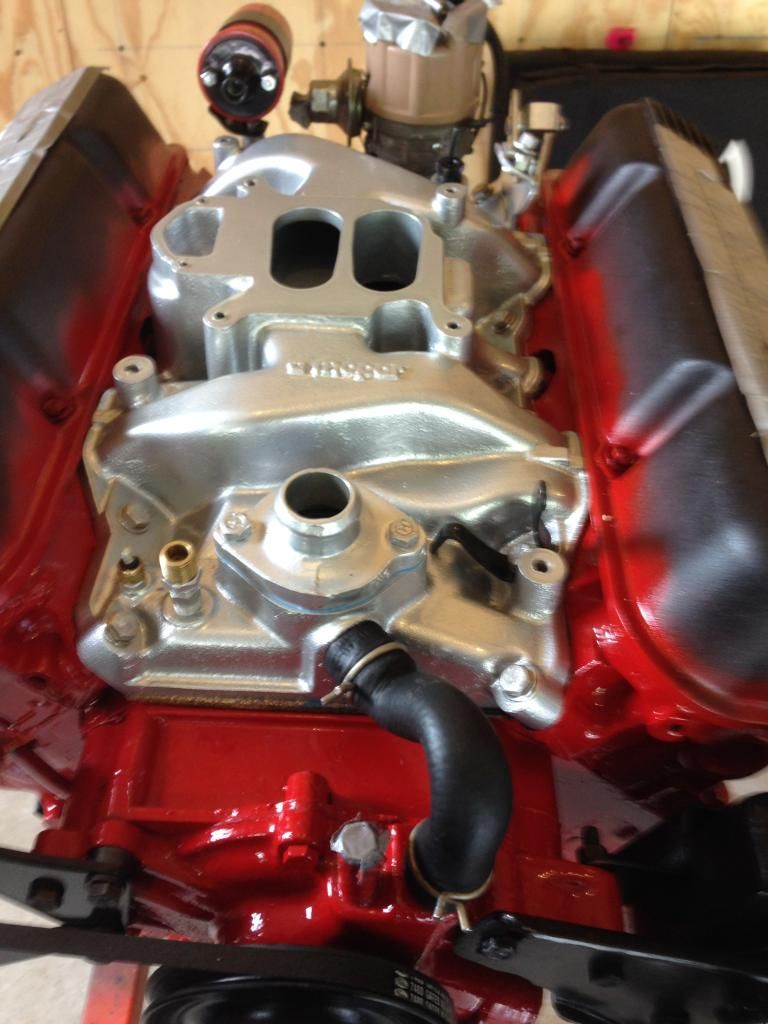krazykuda submitted a new Article:
Hose and Hose Clamp Basics
Read more about this article here...
Hose and Hose Clamp Basics
Here's a quick thread for the newbies on hose clamps and how to properly install them.
There are two basic types of clamps, constant diameter (screw type) and constant tension (spring type).
Constant diameter clamps are the screw type that you adjust to the proper diameter with a screw driver/nut driver. Below is a picture of the constant diameter/screw clamps:
View attachment 1714987388
The second type is the constant tension or spring clamps. These are made for a certain size of hose and apply pressure to the hose for sealing. These type are better for sealing.
The "name brand" spring style clamp in the industry is the Mubea hose clamps as pictured below. I have not been able to find an aftermarket source for these, but you may find some at your local dealer, as they are used by OEM car manufacturers. There are also other companies making spring style clamps, but Mubea is very popular with OEM. Here's what the mubea clamps look like:
View attachment 1714987389
Positioning the clamp is also very important. You have to make sure that the hose goes all the way past the barb on the nipple, and make sure that it goes past the clamp. Here is a diagram showing the hose not on the nipple far enough to reach past the clamp. This is no good as it will not be able to handle as much pressure and could blow off:
View attachment 1714987390
Here's a picture of real parts showing not enough hose sticking past the clamp:
View attachment 1714987391
Here's a diagram showing the hose and clamp line to line on the edge, this is no good also as it will not hold as much pressure as if it were properly installed:
View attachment 1714987392
Here are a couple of shots of real parts showing this condition that you don't want:
View attachment 1714987393
View attachment 1714987394
Here's the way that you want to position the hose and clamps. The hose should stick slightly past the clamp by at least 1/8". This allows the hose end to flare out and this will make it much harder for the hose to slip under the clamp and blow off the nipple:
View attachment 1714987395
Here I am showing how the hose will flare after the clamp:
View attachment 1714987396
Here's what it looks like with real parts:
View attachment 1714987397
Here's where I over tightened a clamp on a loose hose to show how the end flares after the clamp:
View attachment 1714987398
The position of the clamp is also important. You want to put it just behind the barb, not on the barb, or too far away. By having the clamp just behind the ridge of the barb, it makes it harder for the hose to expand and slip off over the barb as it concentrates pressure on the back of the barb.
Here's a view to exaggerate not far enough down the hose (overlapping the barb) - NO GOOD:
View attachment 1714987399
Here's a view to exaggerate too far away from the barb:
View attachment 1714987400
Here's a better way to visualize the clamp too far away from the barb shoulder:
View attachment 1714987401
Here's showing what you want, this helps prevent the hose from expanding and slipping over the barb:
View attachment 1714987402
Read more about this article here...
Last edited by a moderator:



















